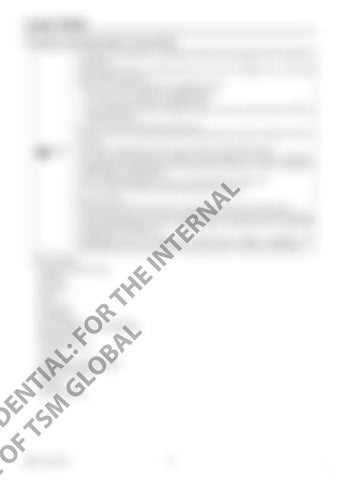Lower Roller Assembly and Disassembly of Lower Roller
AL
・ To ensure safe operations, wear protective devices before beginning work and follow all precautions. ・ When removing devices or positioning devices at the time of installation, use a removal jig and a hammer or steel rod. ・ Follow the precautions below when suspending the load. ・ The crane must be operated by a qualified operator. ・ Do not stand or pass under the suspended load. ・ Check the weight of the roller to determine whether it can be carried by hand or whether a crane must be used. ・ Fix the roller to a level surface so it does not roll. ・ Be sure to repair any parts damaged during disassembly, and prepare replacement parts in advance. Caution ・ If any parts are significantly rusted or dirty, clean them before disassembling. ・ Any foreign matter entering the equipment during assembly can create a malfunction. Therefore, after thoroughly cleaning the equipment with cleaning oil, air blow the equipment, and assemble in a clean location. ・ When assembling sliding parts, be sure to coat them with new hydraulic oil. ・ As a rule, replace all O-rings and other seal parts with new parts.
IN
TE
RN
<General cautions> ・ Be careful not to drop precision parts or let bump them with other parts during work. ・ Do not forcefully open or hit parts in an effort to speed up operations. Pay careful attention and proceed with caution so as not to damage any parts, create any oil leaks, or compromise the efficiency of the equipment. ・ Disassembled parts can easily rust or collect dust. Therefore, immediately after disassembling parts, take precautions to prevent the parts from rusting or collecting dust.
CO US N F E ID O E F N TS TI M AL GL : F O OR BA T L H
• Hexagon wrench (6 mm) • Hammer • Wire clips
E
Items to prepare
• Pliers • Gear puller
• Screwdriver • Gear oil (Mobile Gear Oil SHC320) • Specialty jigs • Pressing machine • Loctite • Special fiber cloth (Kimwipe) • Micrometer caliper • Caliper • Cylinder gauge
RSM-13-05-001E
115 4

























